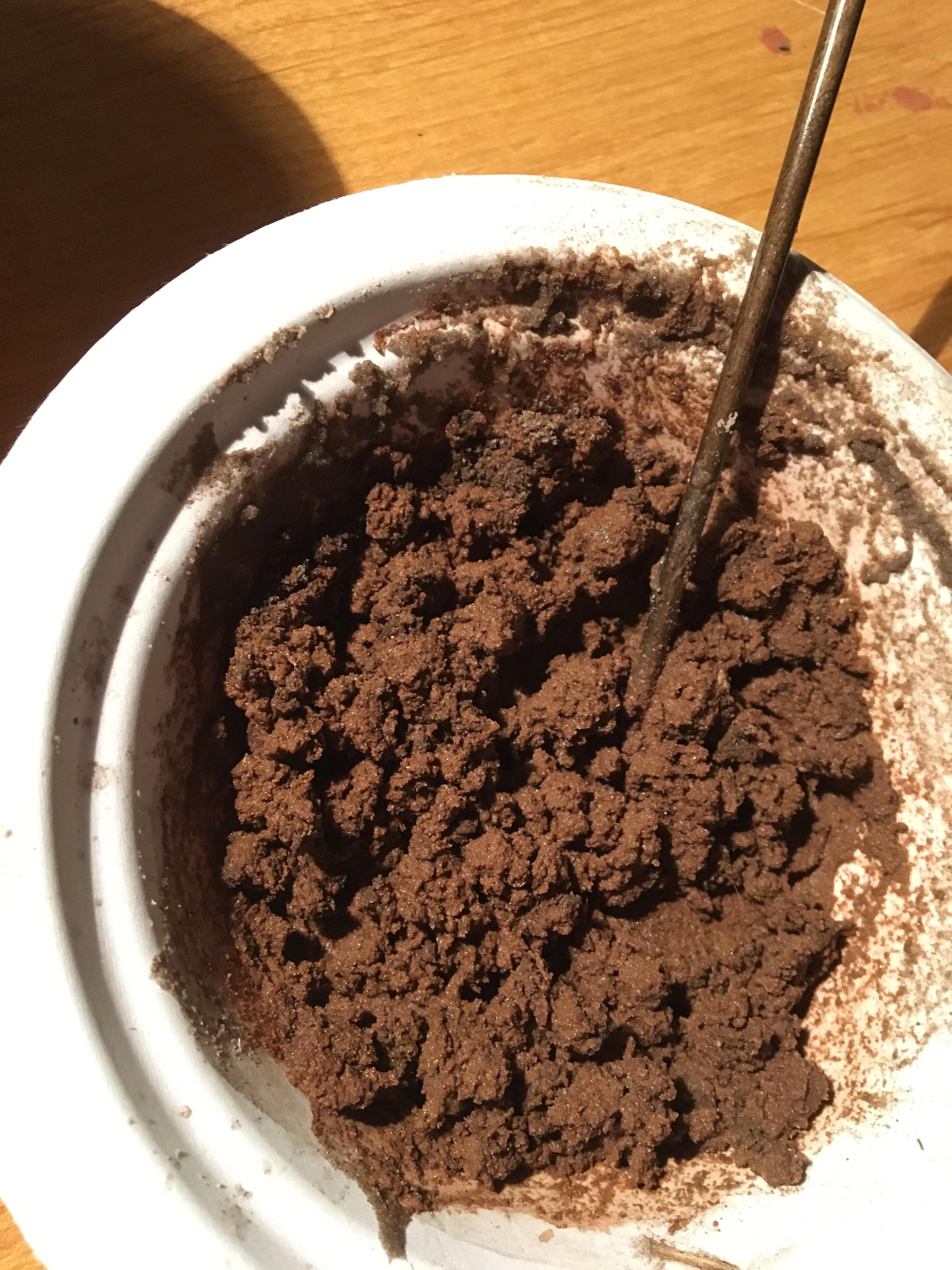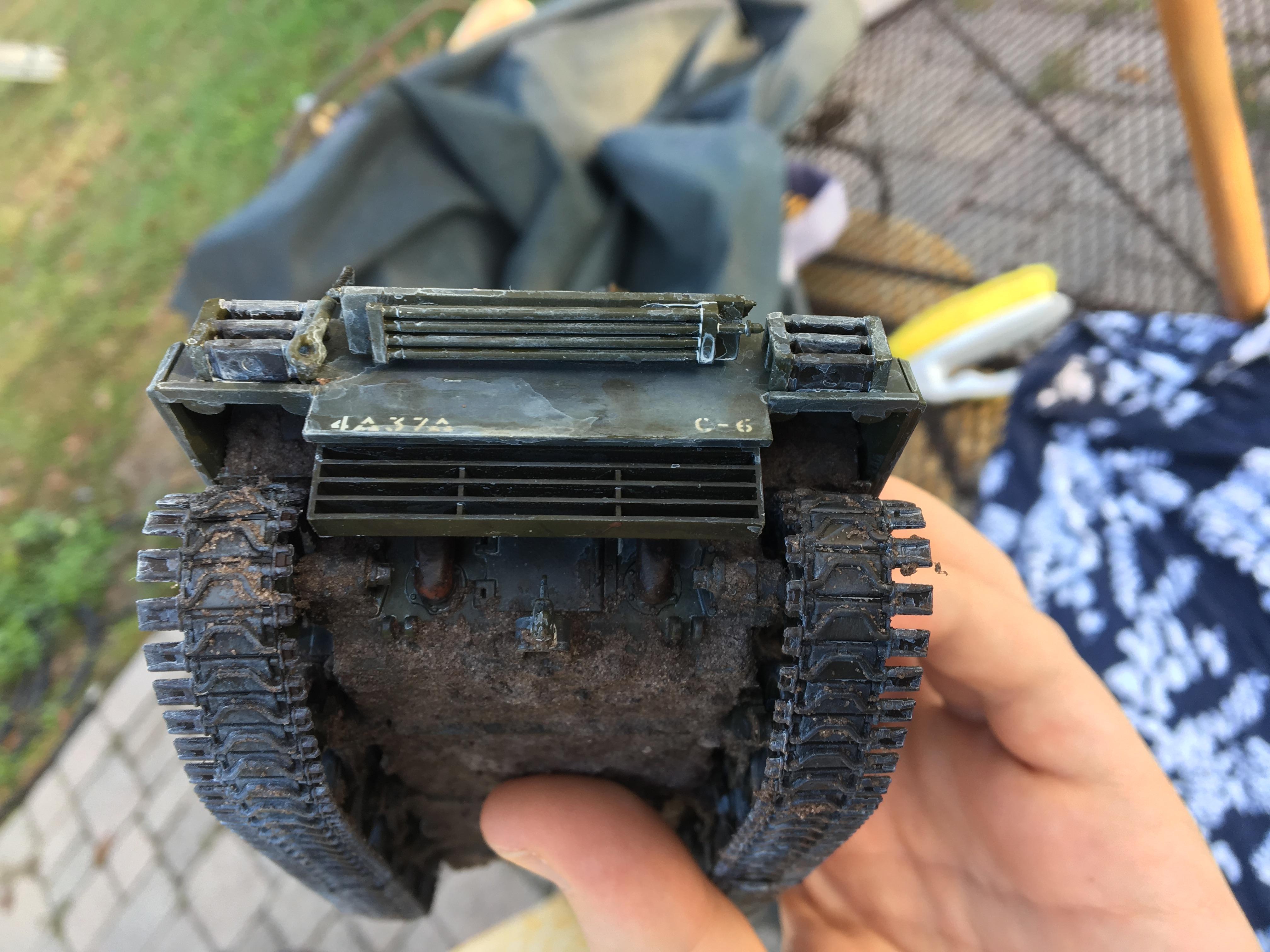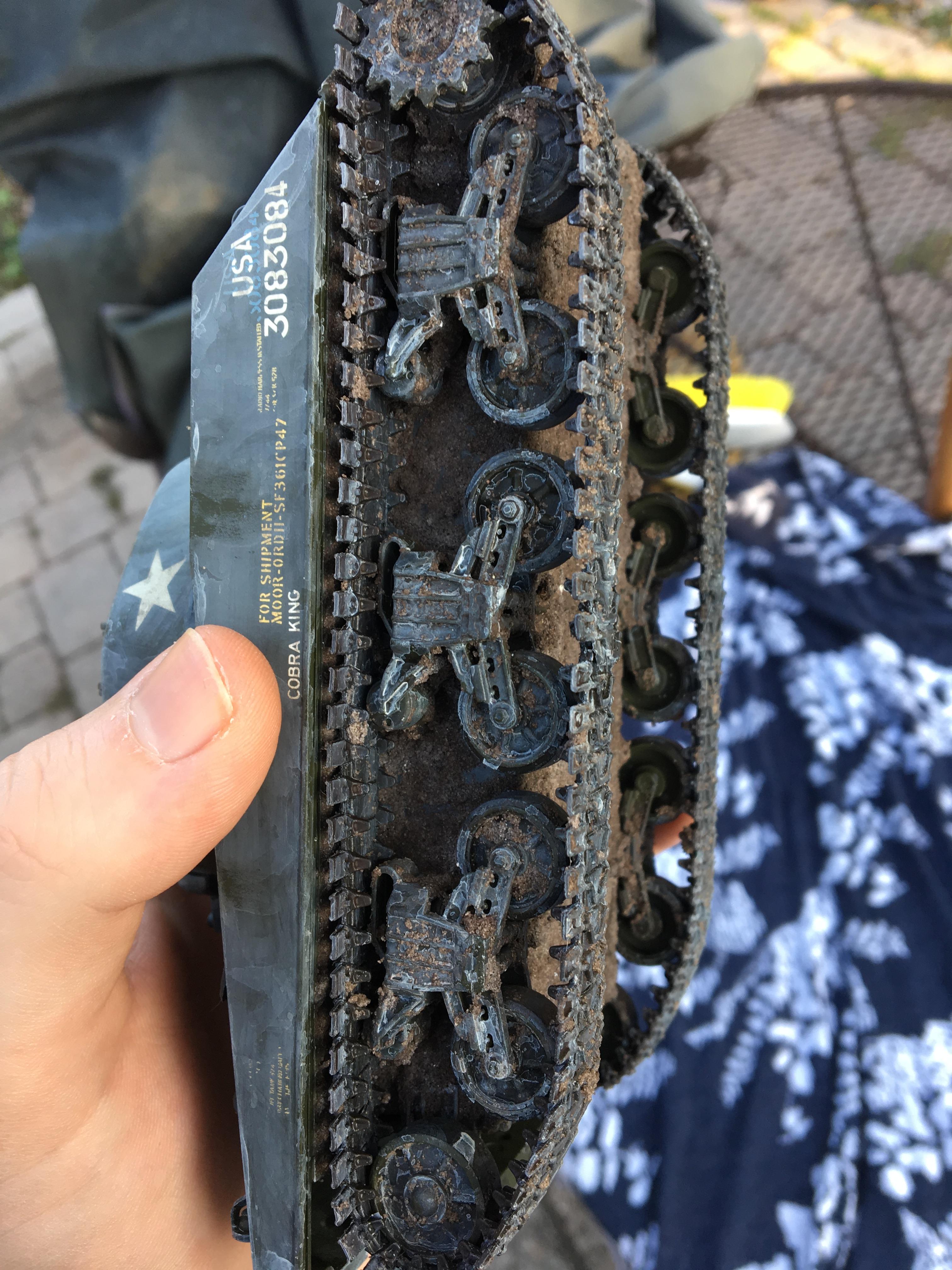1. What i usually use is a standard building matterial plaster. I mix it up with some pigments, enamel paint (just a tiiiiiny bit) and mig's wet effects. This mixture is guaranteed to stay on the model and not fall off. And it gives you endless shades/tones/color variations for the mud.
2. i'd probably go for a darker color tones for a frozen mud.
3. take a bigger brush, preferably some old, beaten up one. Dip it into the mixture mentioned above. Get an airbrush (you only need the airflow of the airbrush) and blow the air towards the brush. You will get a near perfect of splattered mud/dirt. You can also combine the color tones, i for example apply a larger area with a lighter brown tone for an older, dried up mud effect and than apply a smaller areas with a darker tone for a fresh mud effect.
It takes a bit of practice, you need to play a little with the correct ammunt of the mixture, correct compressor pressure for the airbrush (too strong blow from the pistol will make it look unnatural) and the correct angle from where you blow the air towards the brush and how to position the brush to the model correctly. I stronly suggest to try it on a piece of cardboard / old model or something, but once mastered it works wonderfully.
I'd definitely go for a thinner mixture than the one you posted. If you want a stronger mud pattern on the tank i'd perhaps first fo for a denser mixture and i'd put a bit of liquid white paper/wood glue you can get in a drug store. I use Hekules glue, it is strong as hell and doesnt deform the color, neither the texture of the mixture. Not sure if it's sold in the US, but you get the idea, im sure you can find something like thath. I even used an actual soil mixed with a bit of water and Herkules glue, worked great. you simply dab it on the model on places where you desire to have the heavy mud and than proceed to spray the thinner mixture over it and over other areas as described above.
you should get something like this:




